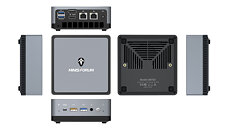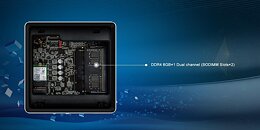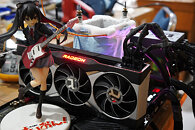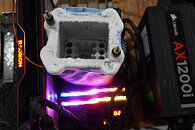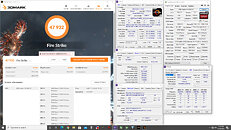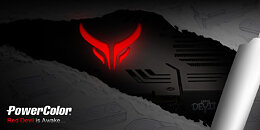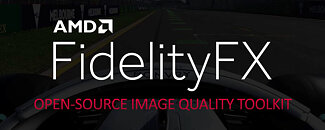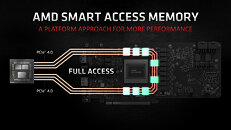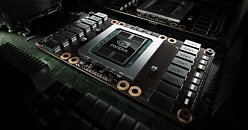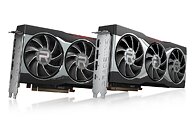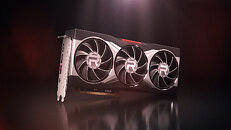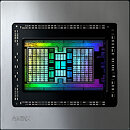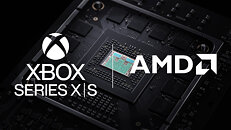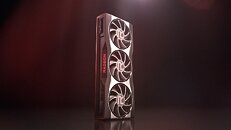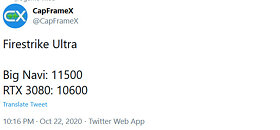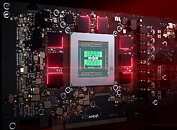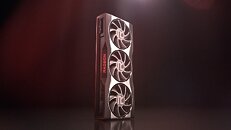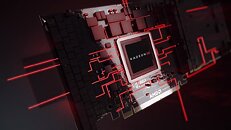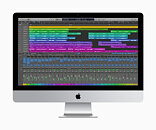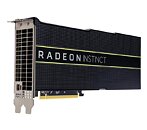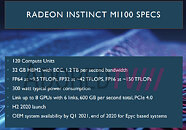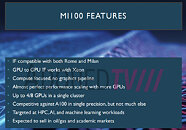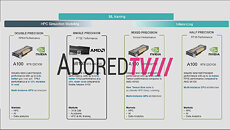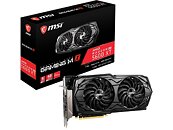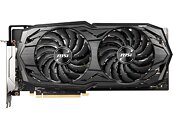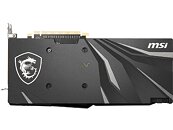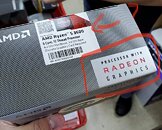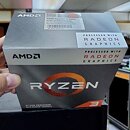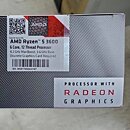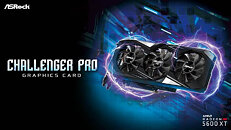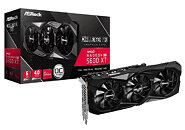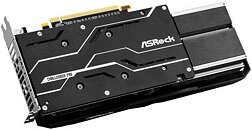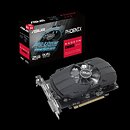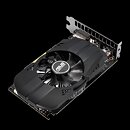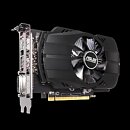
MINISFORUM Anounces EliteMini UM700 Mini PC with AMD Ryzen 3750H processor
Minisforum, the leading innovator of mini PC products, has just released their another new product: the EliteMini UM700 which comes with the AMD Ryzen 7 3750H CPU up to 4.0 GHz, 4 cores 8 threads, total cache 4 MB, equipped with Radeon RX Vega 10 10 cores Graphics with frequency up to 1400 MHz. A few months ago, MINISFORUM had launched DeskMini DMAF5 with an AMD Ryzen 5 3550H processor on INDIEGOGO, now DMAF has completed the shipment. UM700 is an upgraded version of DMAF5, with higher performance and more powerful.
With a one-click design you can easily make upgrades, EliteMini UM700 supports different types of storage expansions—2.5 inch SATA HDD Slot (SATA 3.0 6.0 Gb/s) and M.2 2280 NVMe SSD Slot (support up to 2 TB), you can mix and match between HDD and SSD to better meet your needs. With windows 10 pro pre-installed, intel Wi-Fi6, BT5.1 and triple output. which allows you to freely enjoy quick response speed.
With a one-click design you can easily make upgrades, EliteMini UM700 supports different types of storage expansions—2.5 inch SATA HDD Slot (SATA 3.0 6.0 Gb/s) and M.2 2280 NVMe SSD Slot (support up to 2 TB), you can mix and match between HDD and SSD to better meet your needs. With windows 10 pro pre-installed, intel Wi-Fi6, BT5.1 and triple output. which allows you to freely enjoy quick response speed.
